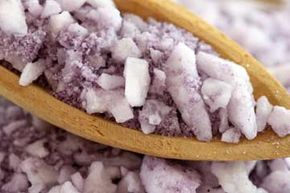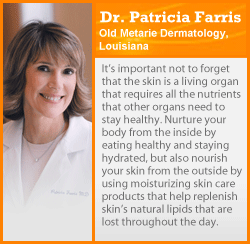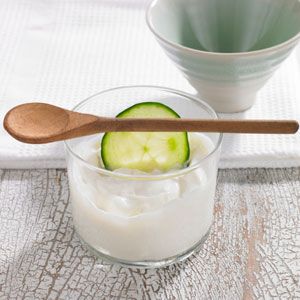If rough, scaly patches of skin make you feel like a desert lizard, it might be time to introduce exfoliating soap into your skin care arsenal. Forget the extra gels and creams -- with exfoliating soap, you can buff your way to a silky smooth exterior.
When you exfoliate, you remove dead skin cells from your uppermost layer of skin. This allows moisturizers to get into the skin instead of sitting on top of it. Some people use an exfoliating soap with harsher ingredients a couple of times a week, and others opt to use an all-in-one gentle exfoliating soap every day.
Advertisement
Exfoliating isn't just for dry skin. If an uneven skin tone leaves you looking blotchy, exfoliating soap can help even out the problem areas. Even better, exfoliating soaps can work with any skin type, so whether you have oily, dry, normal or combination skin, there's a product for you.
If you prefer things "au naturel," some exfoliating soaps are made with natural ingredients like oatmeal, sea salt, brown sugar and peach pits. Other formulas have synthetic beads called microbeads, which are made of plastic and perform a gentler sloughing action. Stronger exfoliating soaps contain glycolic acid and other chemicals.
To get the most out of your exfoliating soap, choose one with ingredients that match your skin's needs. Be aware that the wrong product can cause irritation, breakouts or chemical burns. To prevent these unfortunate side effects, it's also important to understand the skin's natural ability to exfoliate so you don't overdo the buffing and cause more harm than good, especially to the oh-so-sensitive skin on your face.
Each time you scrub in the tub, you're accelerating your skin's natural daily replenishment process. If you're wondering about the science behind the soap, keep reading for a little exfoliating soap chemistry lesson.
Advertisement


